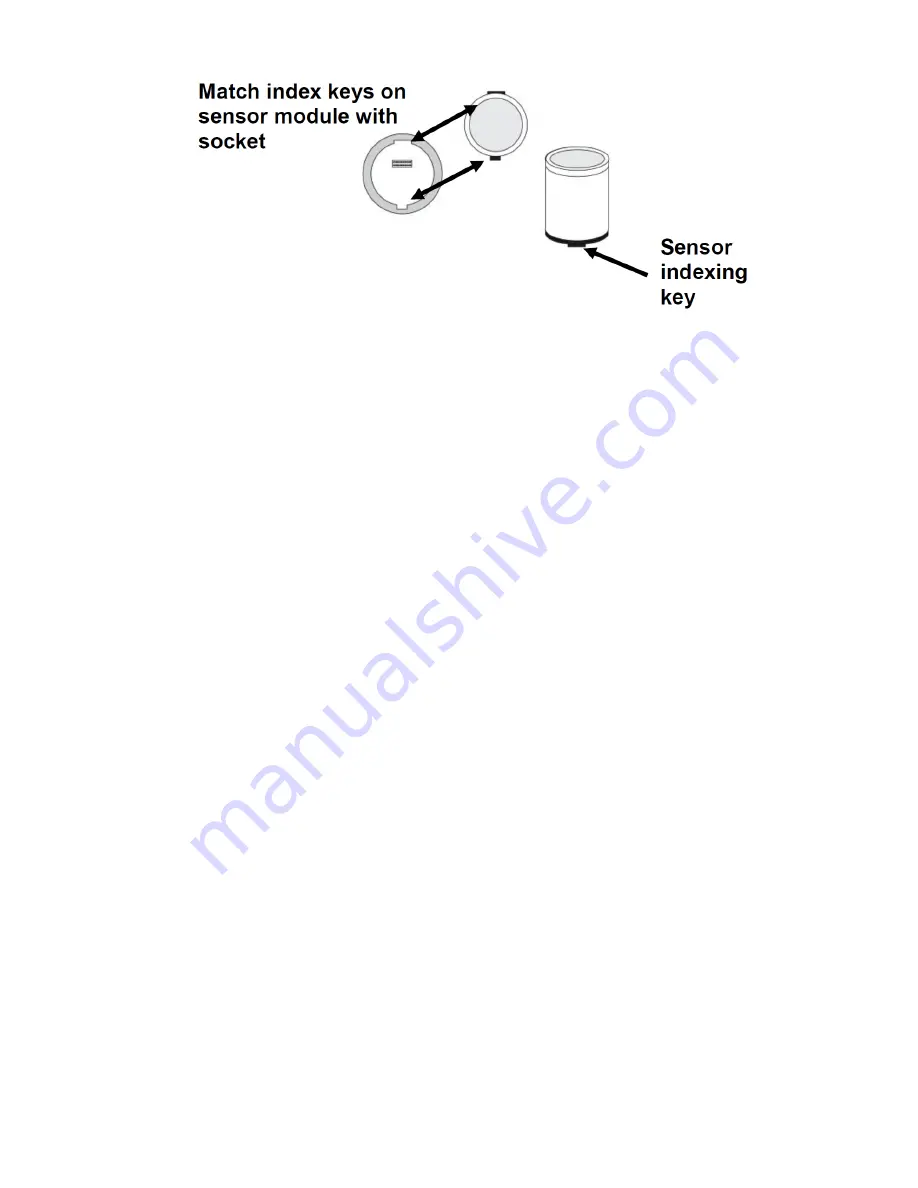
Handling, Storage, and Calibration of HF and HCL Sensors
1.
Sensors must not be stored, assembled or installed in areas that contain solvent vapors.
Especially at high concentrations, the organic solvents are known to cause:
l
Blocking of the sensing electrodes
l
Creation of false baselines
l
In some cases, damaging of the electrodes
l
Physical damage of the sensor body
A sensor must not be exposed to temperatures outside the range of -55° C to + 60° C (-
67° F to +140° F).
2.
It is recommended that sensors be stored in the originally sealed packaging at +4° C to
+10° C (39° F to +50° F), with the sensors’ gas inlet side (membrane/filter side) pointing
downwards.
3.
Avoid storing the instrument for more than 12 hours in a way that sensors will be have
their gas inlet side pointing upwards (equivalent to the instrument’s screen pointing
downwards).
HF & HCL Sensor Calibration
It is important to understand and acknowledge that HF and HCl sensors are not as easy to use
and calibrate as any other EC (electrochemical) sensors, so we recommend strictly following the
process described in RAE Systems by Honeywell Technical Note TN-201.
In addition, be aware that environmental conditions in end-users' applications, legal
requirements, and the level of requested accuracy of the gas detection device towards the target
gas determine the frequency of recalibration of the sensors.
AreaRAE
102
User Manual
Summary of Contents for AreaRAE Plus
Page 1: ...AreaRAE WIRELESS MULTI GAS MULTI THREAT DETECTOR ...
Page 2: ......
Page 17: ...AreaRAE 16 User Manual ...
Page 22: ...Temperature Relative humidity AreaRAE 21 User Manual ...
Page 34: ...The instrument should wake up and begin monitoring immediately AreaRAE 33 User Manual ...
Page 145: ...Rev C September 2021 User Manual P N W01 4001 000 ...
















































